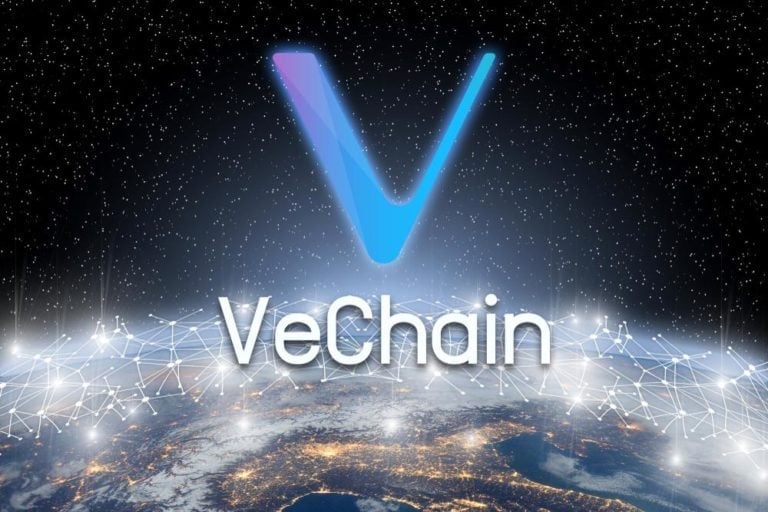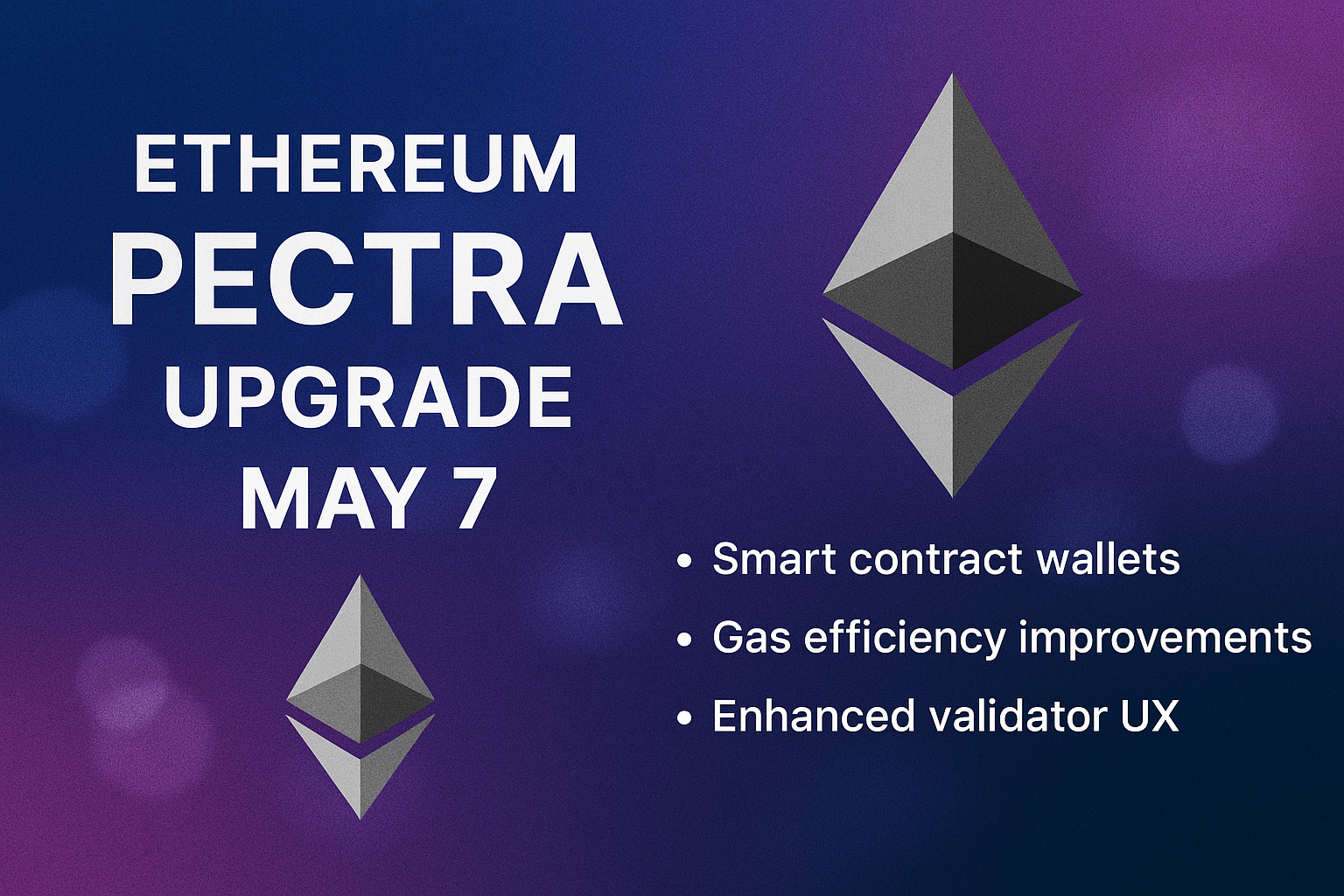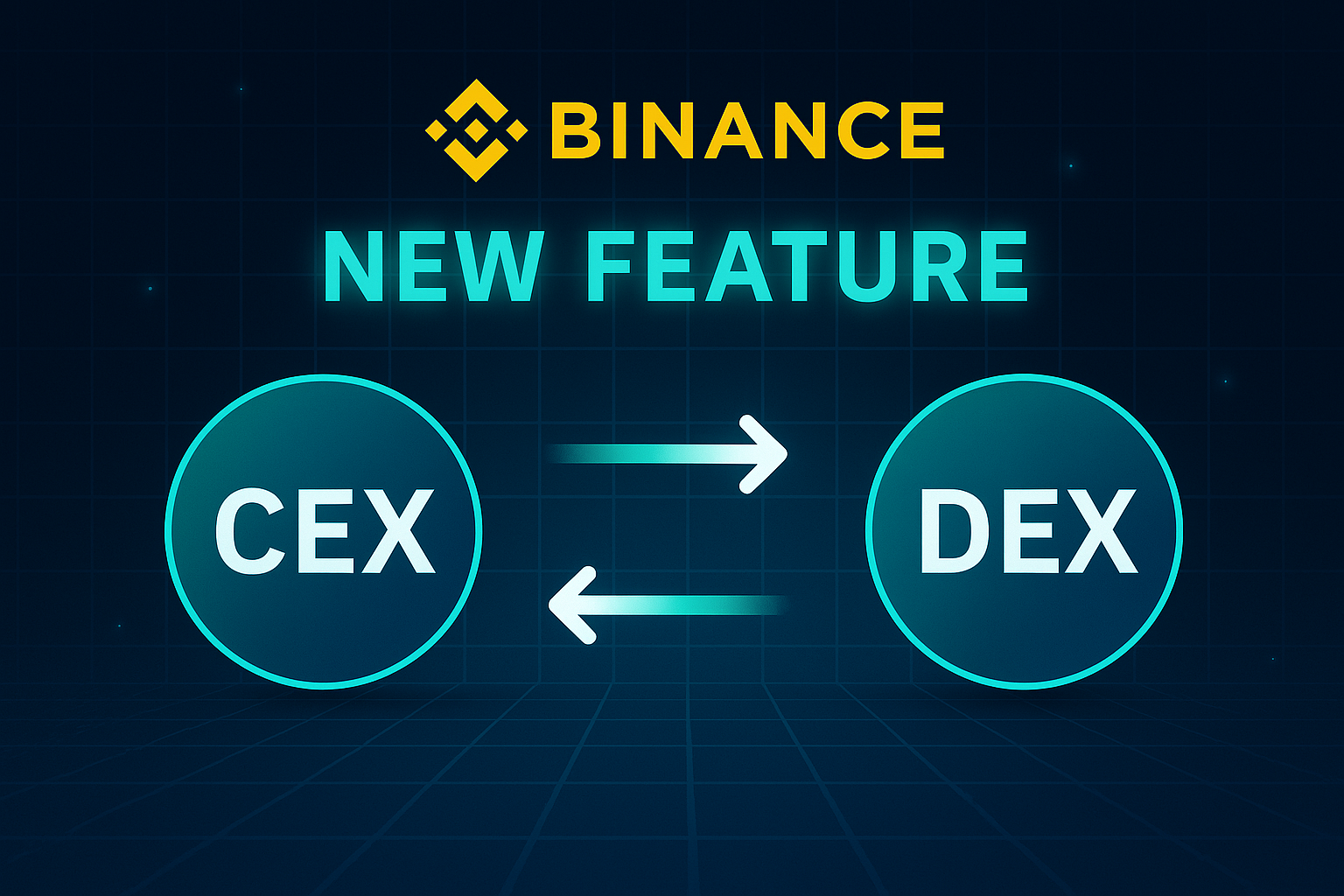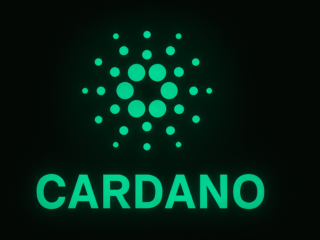How VeChain’s three-token system (VET, VTHO, B3TR) powers its regenerative blockchain economy

- VeChain’s three token system, VET, VTHO and B3TR, creates a balanced and sustainable blockchain economy that combines enterprise value with community-driven governance.
- Recent upgrades make the network faster and more developer-friendly, increasing the value of all three tokens by directly linking network usage to token scarcity.
VeChain has been at the forefront of showing how innovation and sustainability can thrive together on Web3. In the same spirit was in a detailed and interesting Contribution on the X Platform explains exactly how VeChain is evolving through its regenerative blockchain economy, a model that promotes transparency, sustainability and community-driven growth.
Originally, VeChain was best known for its dual token model with VET and VTHO. The addition of a third asset, B3TR, in June 2024 strengthened the foundation for a circular economy, meaning they play different but interconnected roles in powering the ecosystem and the long-term vision of the network.
This setup is perfect for large, real-world projects like supply chain tracking and carbon accounting.
VET and VTHO
B3TR and the momentum of a regenerative economy
The launch of B3TR by the VeBetterDAO initiative in June 2024 was the real game changer. B3TR is an incentive token that powers an ecosystem of decentralized “X-to-Earn” applications (dApps). die Users and companies for positive, sustainable actions reward.
From tracking energy-efficient transportation like the Mugshot app to validating ethical sourcing, any verifiable regenerative behavior can earn B3TR rewards.
Sustainable actions in the real world earn B3TR, and recording these actions on the blockchain requires the consumption of VTHO. This process directly links sustainable behavior to transaction volume on the blockchain, which in turn increases VTHO consumption and utility for VET holders.
This new three-token system makes a big difference by linking environmental and social action directly to the purchase of the B3TR token. As the platform becomes easier for developers to use, demand for B3TR and the tokens that power it will grow quickly.
The VeChain Renaissance and New Tokenomics
VeChain launched StarGate on July 1, allowing VET holders to stake their tokens and receive NFTs representing their stake. These NFTs can then be delegated to validator nodes without running a validator node yourself, drastically lowering the barriers to entry.
— VeChain (@vechainofficial) June 30, 2025
At the time of going to press becomes VET traded at $0.01730, down by 1,49% in the corresponds to the last 24 hours.









No Comments